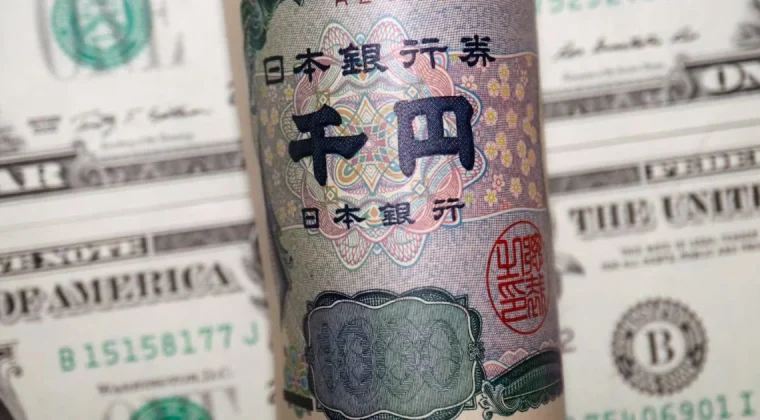-
- پلتفرمهای معاملاتی
- اپلیکیشن PU Prime
- MetaTrader 5
- MetaTrader 4
- PU Copy Trading
- تاجر وب
- پی یو سوشل

Key Takeaways:
*BoJ strikes a hawkish tone, with Ueda and Nakagawa signaling rate hikes could come as soon as October.
*Political stability boosts the Yen’s safe-haven profile, but U.S. bond yields keep pressure on the currency.
*USD/JPY consolidated, with traders awaiting U.S. GDP and core PCE data for fresh direction.
Market Summary:
The Japanese Yen is trading with a cautious tone, balancing improving domestic fundamentals against heightened external uncertainty. A growing source of support comes from the Bank of Japan, where policymakers have struck a noticeably hawkish tone. Governor Ueda highlighted that strong wage growth is spreading from large firms to smaller businesses, while Board Member Nakagawa reinforced that the BoJ “will continue to raise rates” if current trends persist. With Japan’s core-core inflation running above 3%—a level not seen relative to U.S. inflation in half a century—investors are increasingly positioning for a possible policy shift as early as October. Political stability has added to the Yen’s appeal, with Prime Minister Ishiba’s cabinet approval ratings rebounding sharply, creating a predictable domestic backdrop that bolsters its safe-haven credentials.
Still, the Yen remains pressured by the wide yield gap with the U.S. Treasuries. The rate differential continues to incentivize carry trades, keeping upside moves in check despite Japan’s improving policy outlook. Traders are closely watching developments in Washington, where President Trump’s push to remove Fed Governor Lisa Cook has raised profound concerns about the central bank’s independence. If markets perceive Fed policy as politically compromised and overly dovish, narrowing rate differentials could benefit the Yen. But a bond market sell-off driven by inflation fears could just as easily widen spreads further, sending USD/JPY higher.
For now, the pair is consolidating within a well-defined ¥146.60–¥148.80 range, with little conviction until fresh catalysts emerge. The near-term focus rests on U.S. GDP and the Fed’s preferred inflation gauge, the core PCE, which will help shape rate expectations and guide capital flows. Until then, the Yen is likely to trade in a holding pattern which is supported by domestic stability and hawkish BoJ rhetoric, yet capped by persistent external yield pressures.
Technical Analysis
USDJPY, H4:
USD/JPY on the chart is consolidating within a sideways range after failing to sustain gains above the 148.70 resistance level. Price action has been contained in a rectangular consolidation zone between 146.65 and 148.70, following repeated rejections near the rising channel’s upper boundary around 151.00–153.50. This suggests that while the broader uptrend structure remains intact, short-term momentum has shifted into a corrective and indecisive phase.
Momentum indicators echo this consolidation bias. The RSI is hovering around 46, just below the neutral 50 mark, indicating lack of bullish strength while not yet in oversold territory. Similarly, the MACD lines are flat and near the zero axis, reflecting subdued momentum and absence of directional conviction.
Overall, USD/JPY is in consolidation mode, with traders likely waiting for a breakout from the current 146.65–148.70 range to confirm the next directional move.
Resistance level:148.70, 151.00
Support level:145.30, 142.20

Trade forex, indices, metal, and more at industry-low spreads and lightning-fast execution.
ہمارے پریشانی مفت عمل کے ساتھ PU پرائم لائیو اکاؤنٹ کے لئے سائن اپ کریں.
بغیر کسی تکلیف کے اپنے اکاؤنٹ کو وسیع چینلز اور قبول شدہ کرنسیوں کے ذریعے فنڈ کریں۔
مارکیٹ لیڈنگ ٹریڈنگ حالات کے تحت سینٹوں کی تعداد تک رسائی حاصل کریں.